How art and satire fought back during the July Movement
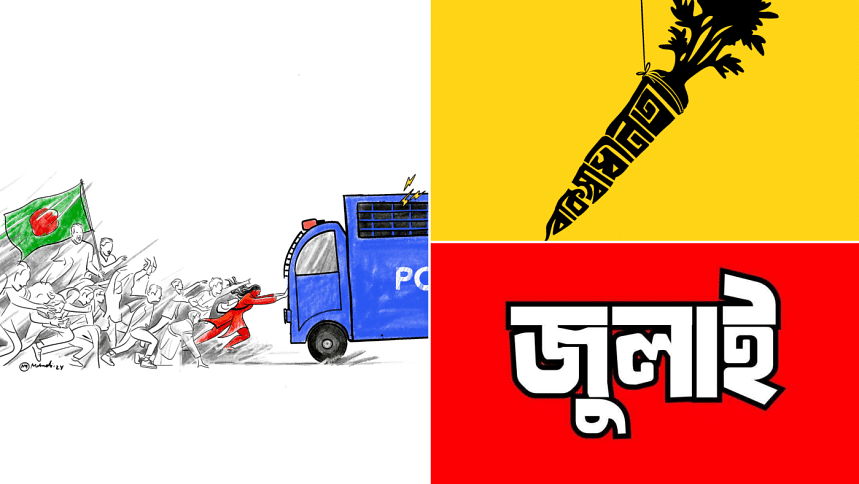
They were not marching with slogans or shouting through megaphones. However, they were watching closely and reacting faster than breaking news ever could. Meme artists and political illustrators became unlikely frontline responders during Bangladesh's July Movement. In the absence of uncensored media and institutional trust, protest bled into pixels.
Not as hashtags, but as punchlines, templates, and illustrations that hit where it hurts – hard and fast. Their tools? A meme generator. A graphics tablet. A Facebook page. A sketchpad.
Their message? We see you. And we're not laughing with you.
This wasn't just memes
Rubel Rony, the founder of Memelate – a digital meme template library – does not pretend his work was accidental. It was deliberate, urgent, and personal.
"I started creating memes because I felt traditional media wasn't truly capturing the raw emotion of the movement," he says. "Seeing the government deploy armed forces against unarmed civilians and students was the moment that truly compelled me to begin."
However, not every creator identified with meme culture. Mehedi Hasan, a visual artist whose politically satirical artworks circulated widely during the movement, draws a clear line.
"First, I want to clarify that my work consisted of politically satirical artwork, not memes," Hasan says. "These creations are not only a tribute to the July Revolution of Bangladesh; they are a cry against all forms of injustice, everywhere and always. My work stands as a visual rebellion, a voice for the unheard."
In the digital chaos of July, both satire and art functioned as resistance, whether in one-panel memes or multi-layered illustrations.
Real-time protest, frame by frame
Rony began by "reacting in real-time," as he puts it. However, the role quickly evolved into a more conscious digital presence – what he now refers to as "digital activism."
"So much was happening across Bangladesh: stories of pain, courage, and resistance," Hasan adds. "As an artist, I was deeply moved by certain moments that felt too important to ignore. These moments became the heart of my work."
The July Movement wasn't a moment for passive observation. It demanded transformation of pain into visuals, anger into satire, and silence into sound.
What to say, and how to say it
Meme creators had to work with tone as much as timing. Some posts mocked official statements using reality show subtitles. Others paired raw images from the ground with biting one-liners. It was not always humour – it was a strategy.
"The tone was chosen intuitively, depending on the specific event," says Rony. "Sometimes sarcasm worked best. Other times, seriousness was necessary. It was about reacting to the moment's needs and giving people a reason to engage."
For Hasan, the art was not just about choosing tone – it was about preserving emotion.
"My work isn't tied to any political party," he says. "It's my way of turning emotion into protest, and silence into a voice."
Staying ahead of the algorithm
While people marched outside, creators like Rony had a different challenge: staying relevant in the algorithmic flood.
"Keeping up was a significant challenge," Rony admits. "I monitored news, tracked social media, and stayed in touch with people on the ground. I even went out as a photographer to capture real moments that fed into my content."
It was a full-time job with no guarantees – only the urgency to keep people informed, connected, and angry enough to care.
Safety, strategy, and the shadow of censorship
Posting satire during a state crackdown is not without risk. But Rony dodged it cleverly.
"I chose to publish all content via a Facebook Page instead of my personal ID. I saw others getting backlash on personal accounts and decided to avoid that exposure," he says. "It wasn't about me – it was about continuing the message."
Hasan also remained untouched by direct backlash, but not emotionally detached.
"I was fortunate enough to remain untouched by the chaos," he reflects. "But that very distance gave me a deeper sense of responsibility to speak through my art."
Humanising a hashtag
Beyond politics, what the meme artists and illustrators did was something far more critical: they humanised the movement.
"Memes offered a relatable and often emotional entry point," Rony says. "They helped people feel they were not alone."
Hasan goes further. "Art created a bridge between those who weren't directly impacted and the lived realities of protestors. It made suffering visible, turned statistics into faces, and stripped away detachment. It brought people closer to the truth," he elaborates.
In the numbness of endless newsfeeds and press briefings, these visuals made people feel. That alone was resistance.
Art as political ammunition
Neither Rony nor Hasan minces words about the political weight of their work.
"Yes, memes were a form of political resistance," Rony affirms. "They're accessible, viral, and hard to censor. They challenge power through coded language and build solidarity."
Hasan echoes that conviction. "Art has always been a powerful form of political resistance. During the July Movement, it provoked thought, challenged authority, and said what couldn't be said aloud."
What made it work? It's permanence. It's ability to linger in the mind long after a speech or headline fades.
"In that moment, I believe my own work helped push the movement forward," Mehedi says. "Not because it shouted the loudest, but because it asked people to stop, to feel, and to think."
The screens will remember
As Bangladesh recalibrates in the wake of the movement, meme pages are quieter. The artwork is no longer being posted daily. But the memory lives on, in saved posts, screenshots, printed zines, and the backs of people's minds.
The meme artists and political illustrators of July did not ask for authority. They did not need permission. They just posted. Drew. Shared. And in doing so, they preserved a version of history no archive can redact.
Their work was not decoration. It was documentation. Protest. Testimony.
"If they rise as fascists, if they suppress their people," Hasan says, "artists will rise too. We will not be silent. We will resist with our craft, and we will stand with the people: stronger, louder, and more united than ever before."
Visuals: Mehedi Hasan; Rubel Rony

 For all latest news, follow The Daily Star's Google News channel.
For all latest news, follow The Daily Star's Google News channel. 


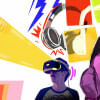
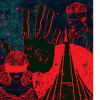
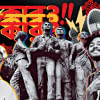
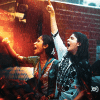


Comments